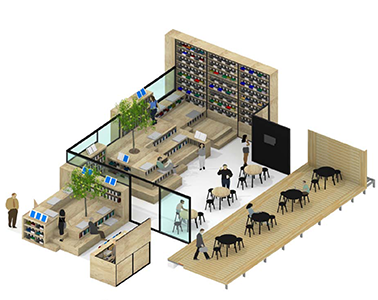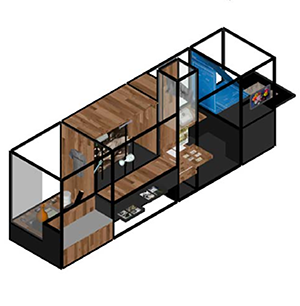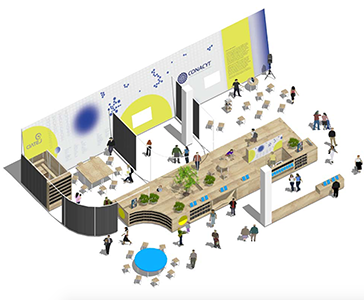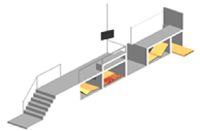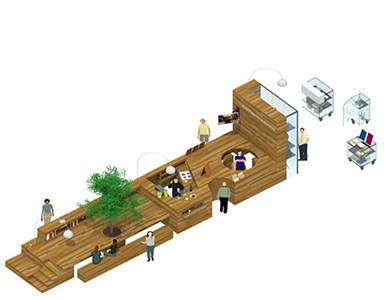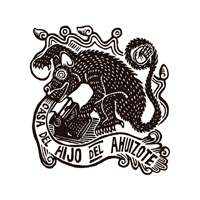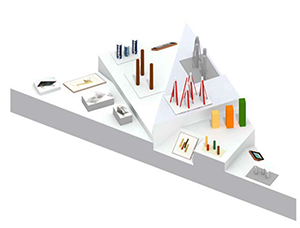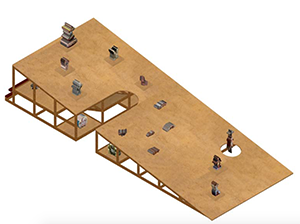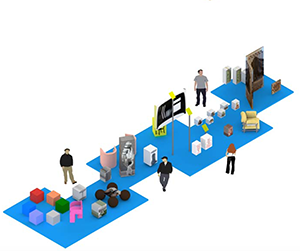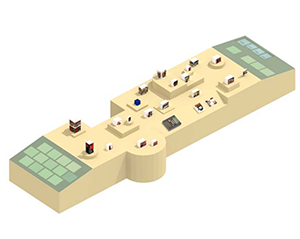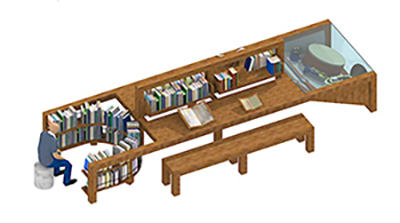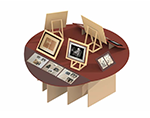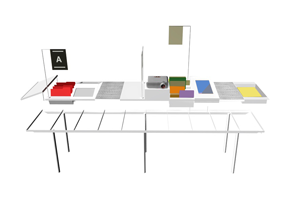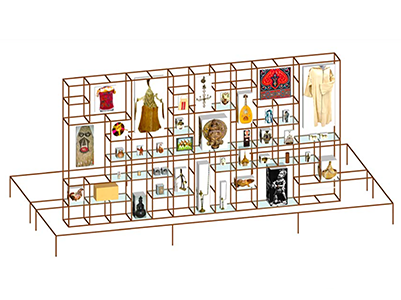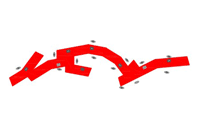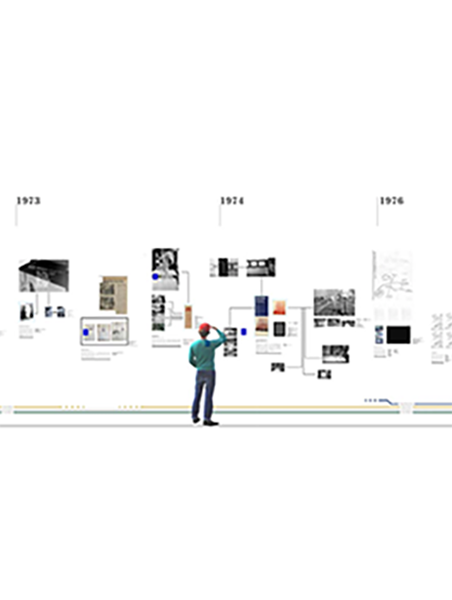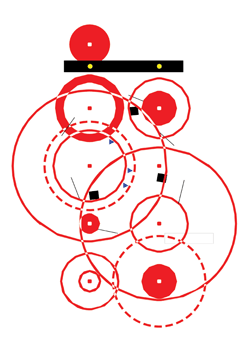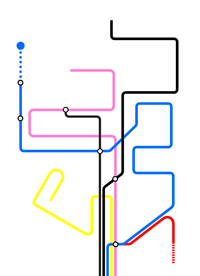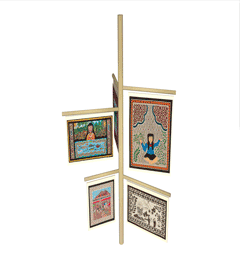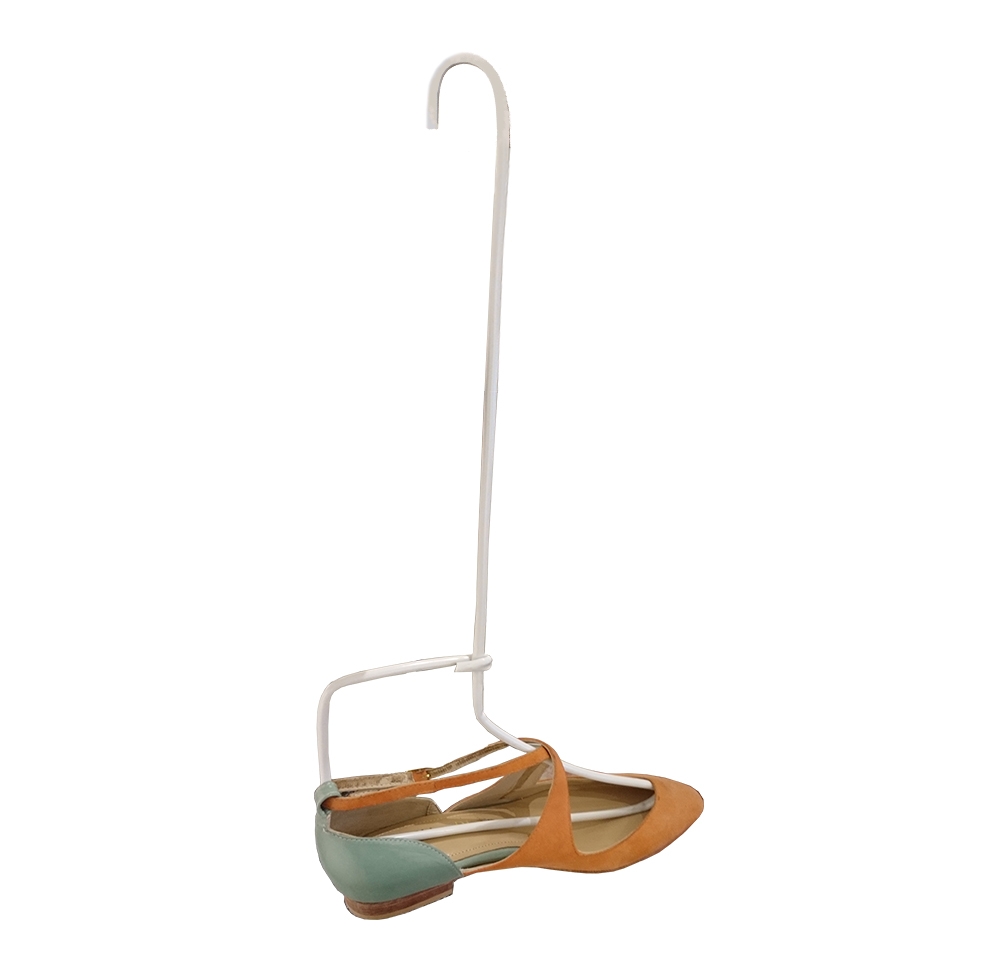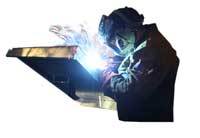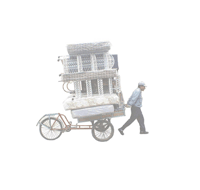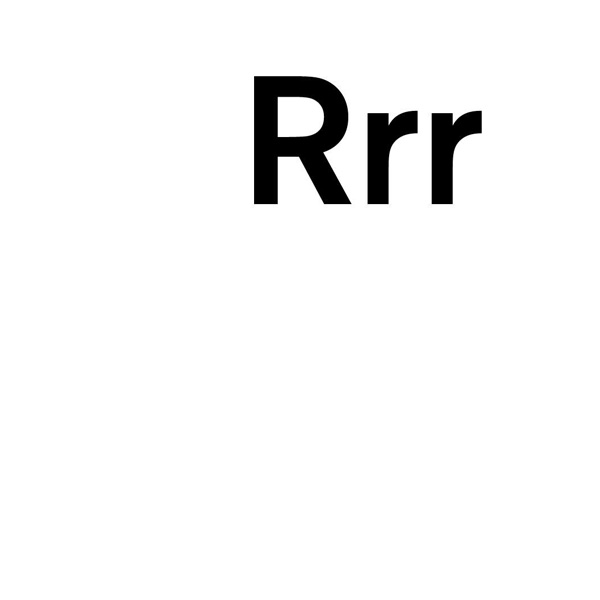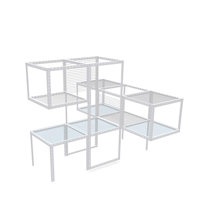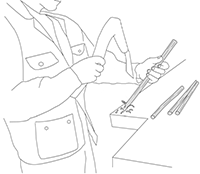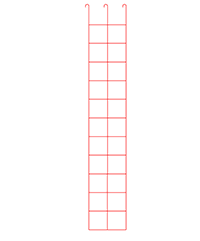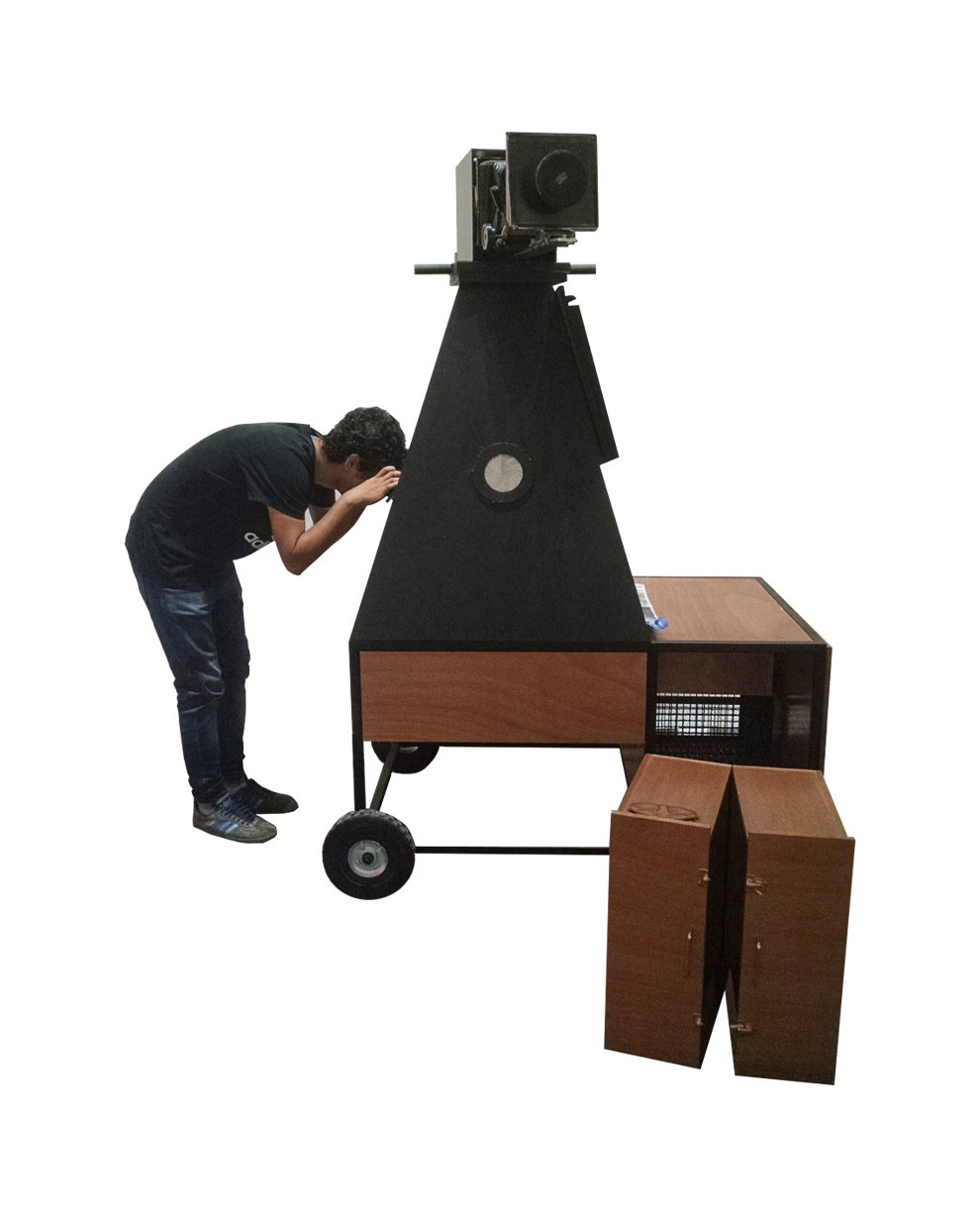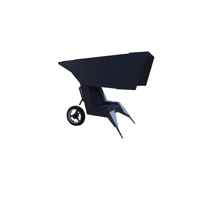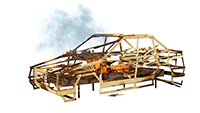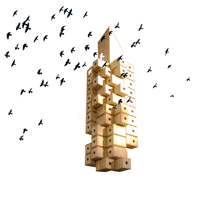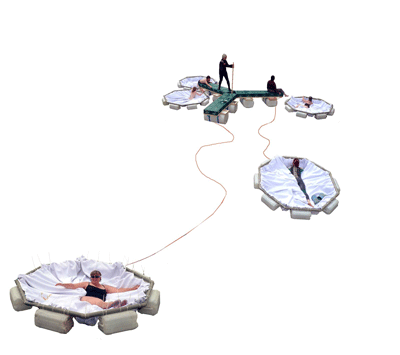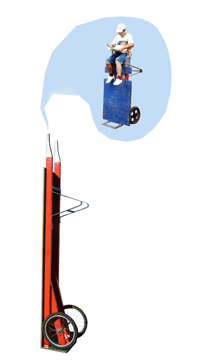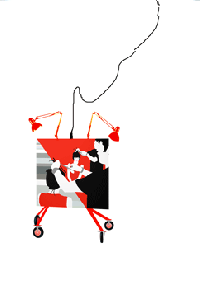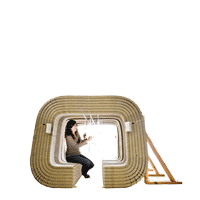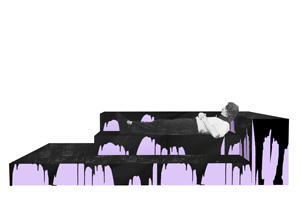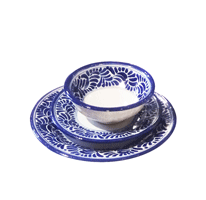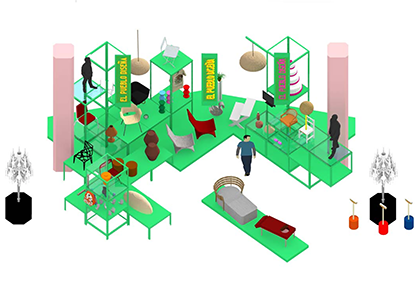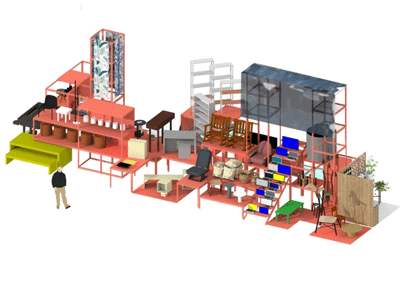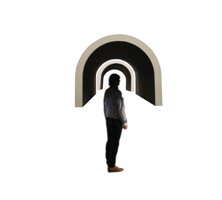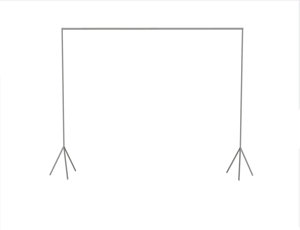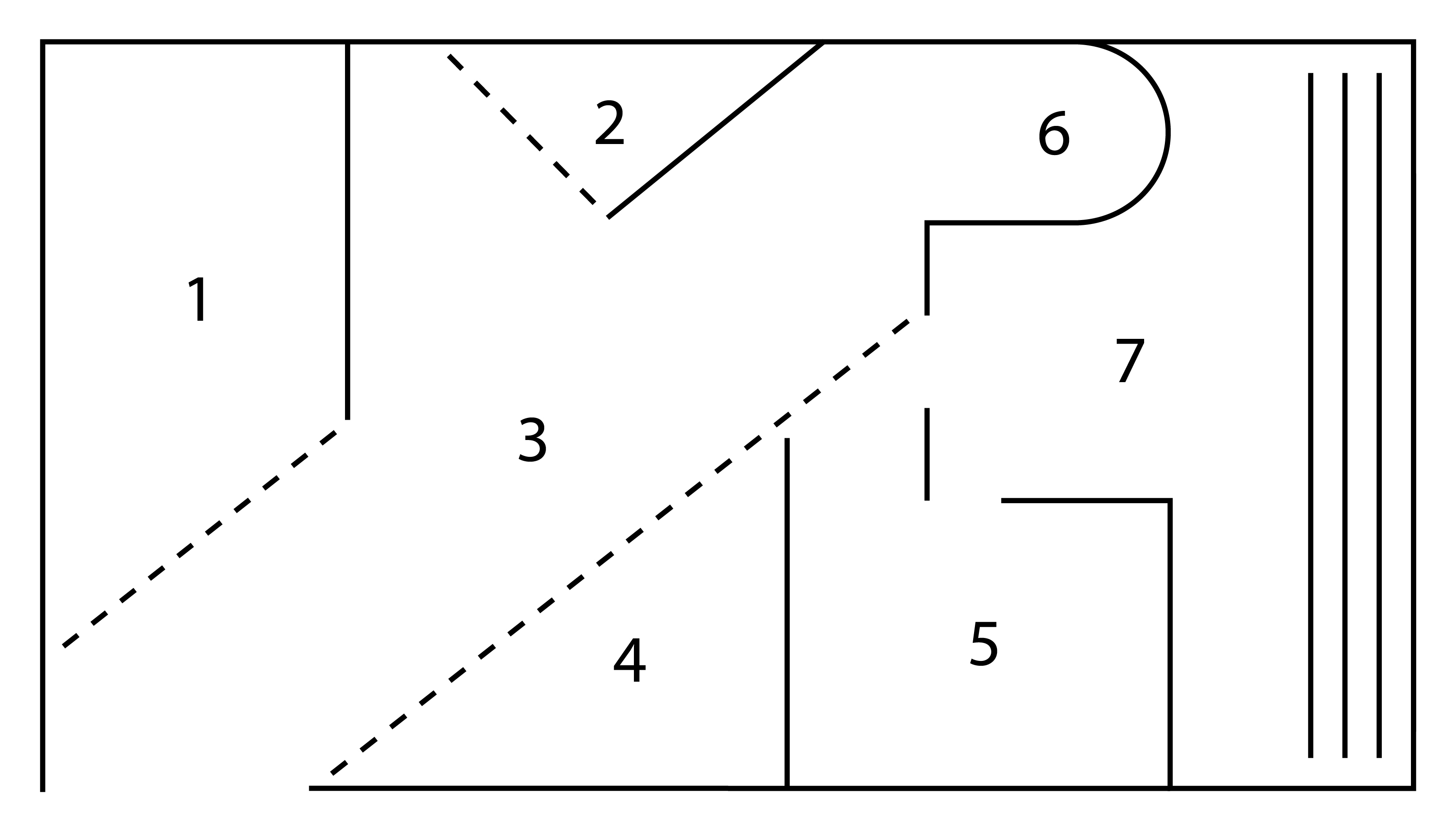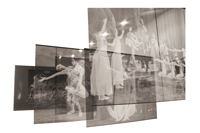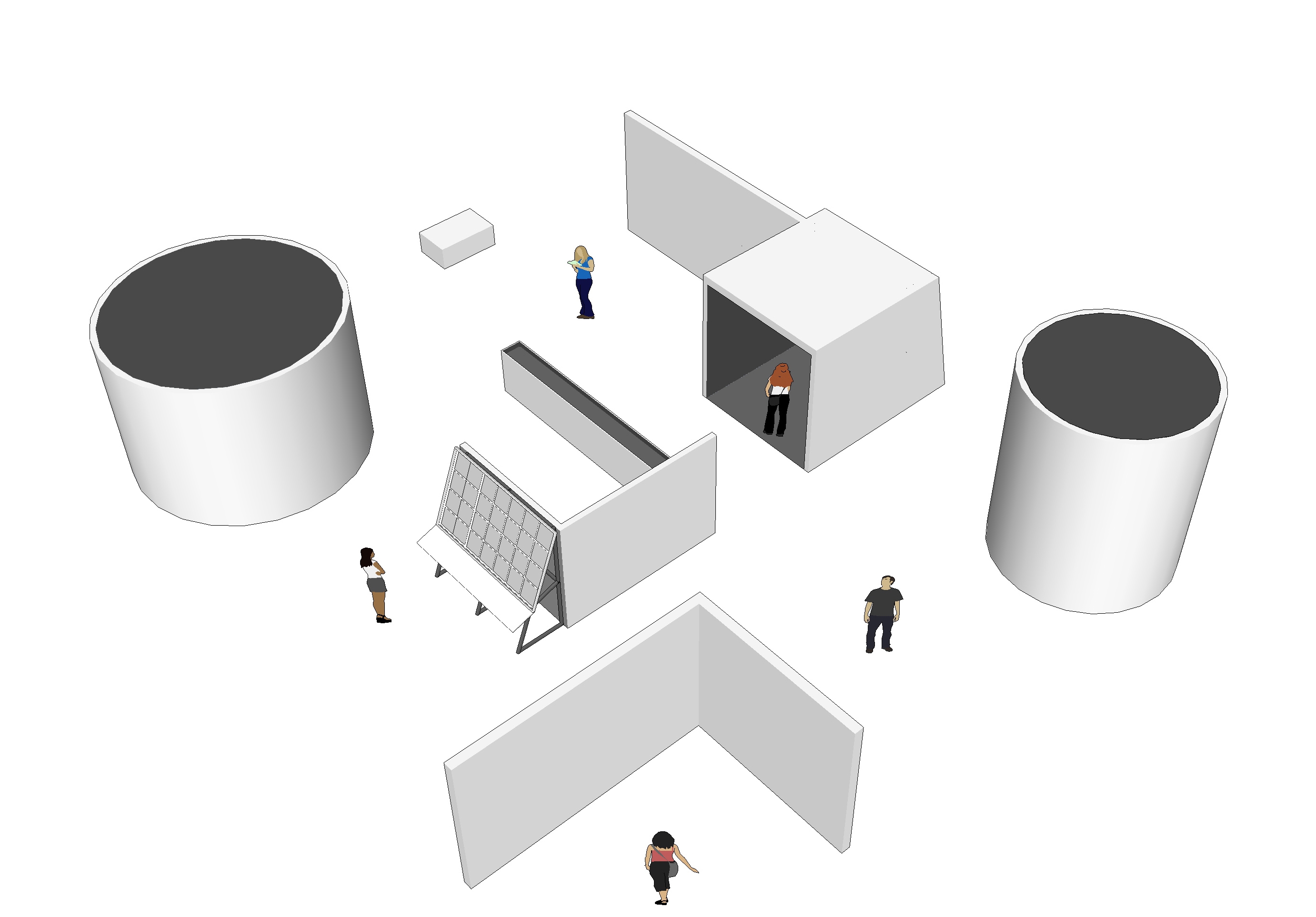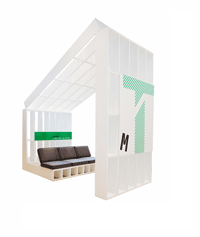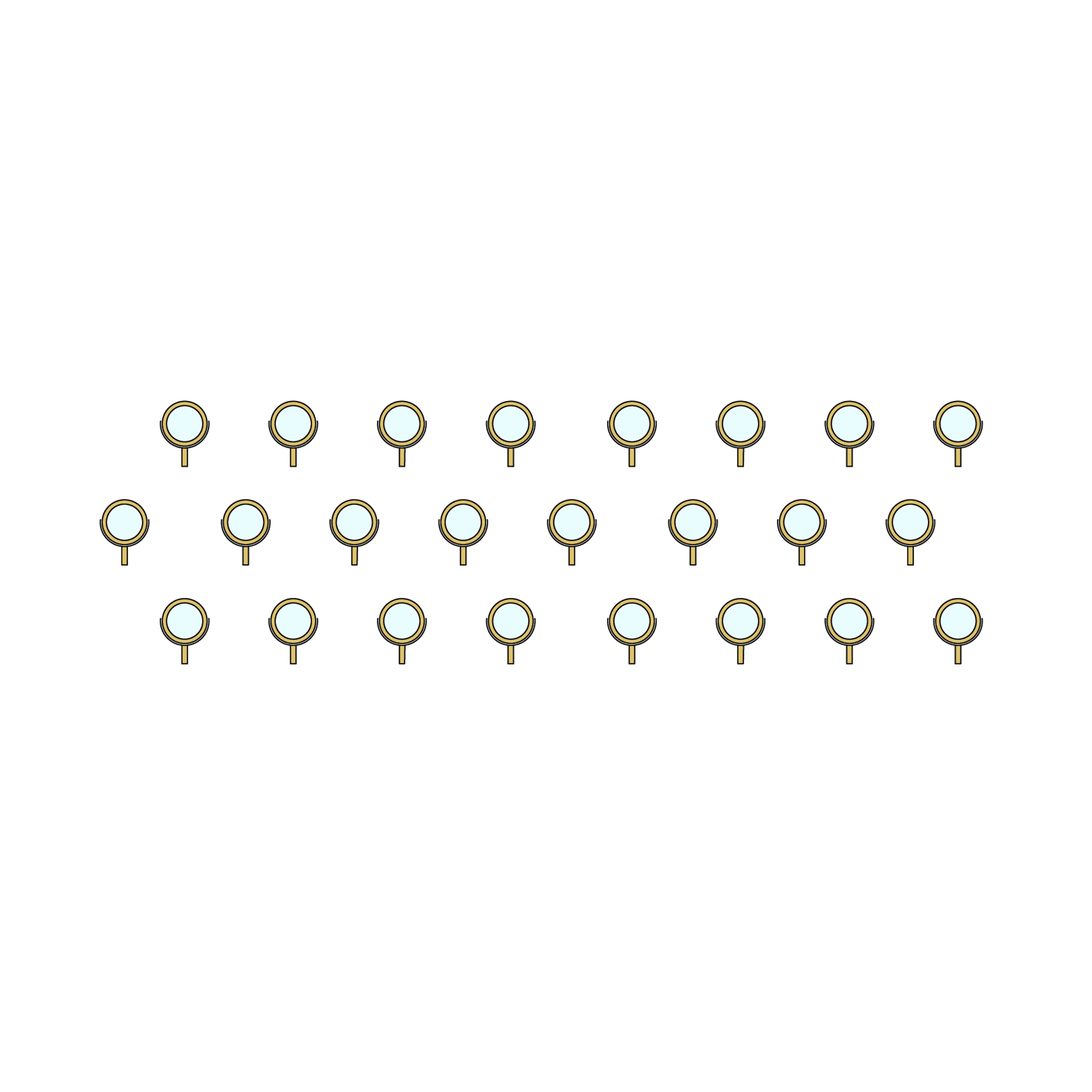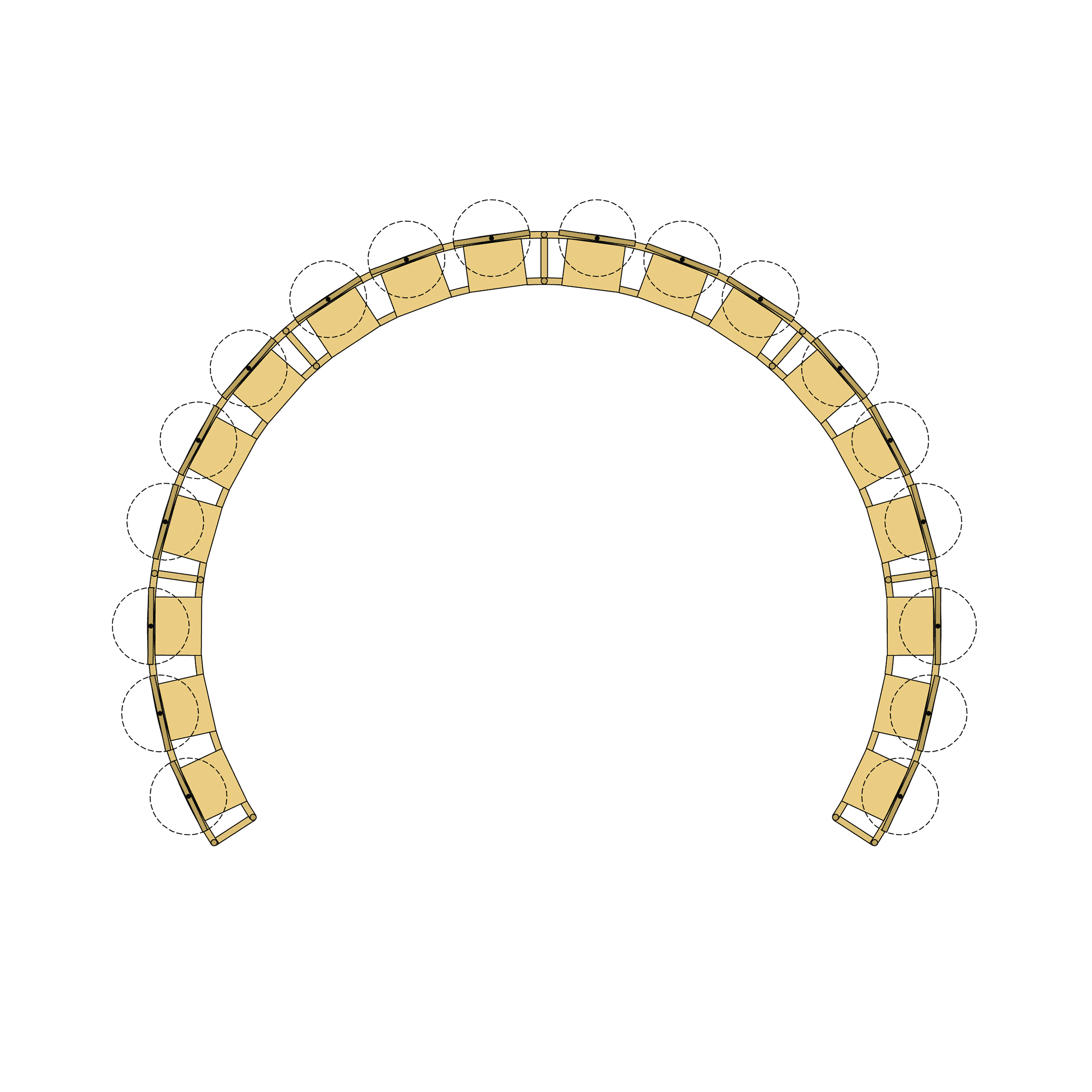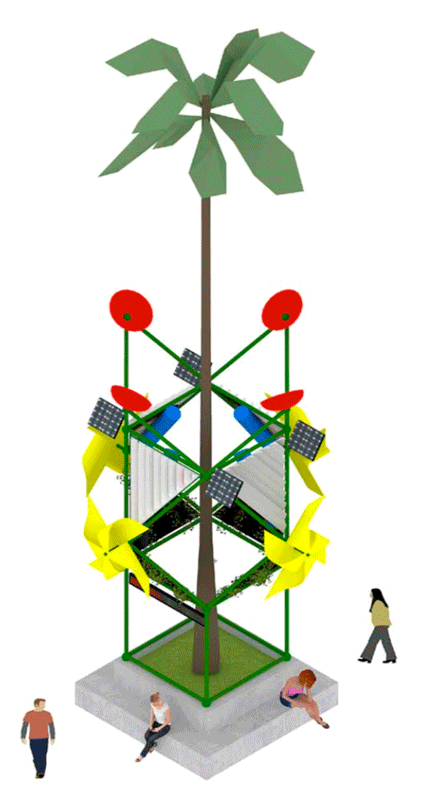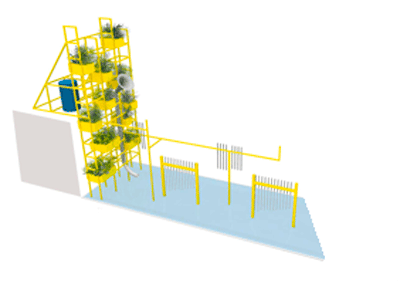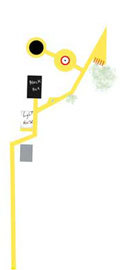Stage Design for Transform Festival / Why Citizenship?
Stage for Social choreography
For this stage design commissioned project, which invites 7 choreographers to respond to the question of “Why Citizenship?” I based my design approach and thinking process on the concept of Social Choreography, which help me merge dance with the subject of citizenship. In the book Move. Choreographing you: Art and Dance Since the 1960s, Stephanie Rosenthal described Social Choreography as “choreography focused on degenerated, artificial, or manipulated patterns of behavior. The choreography became the image of our own world, with its external powers controlling the physical, psychological and spatial aspects of our actions. It thus became a mirror of socio-political structures and mechanisms of manipulation.” [1]
I am interested here, not solely in the design of the stage dance area, but also in choreographing an immersive audience participation. How to express those power structures that control our spatial patterns of behave and actions as citizens? How to create awareness of the politics that exists in our own bodies as audience? seating as individuals; as groups of bodies or as a community as large? I propose diverse seating formations to expose particular political connotation that impacts the body, congregation of different types of chairs and seating formations that create particular spatial configuration and group’s shapes that generate different dance spaces. In addition to that, we develop for the choreographers and dancer a family of mobile devices that give them different stage and spatial possibilities such as ladders on wheels to achieve high, a circular mobile stage platform, as well as mobile tables and structures that due to the number of choreographers and to the diverse dance approaches of each group, the objects proposed can be deployed, arranged and activated by the choreographer and the dancer wish.
Stephanie Rosenthal, Move. Choreographing You, Art and Dance Since the 1960, The MIT Press, London, 2011, p. 17.
